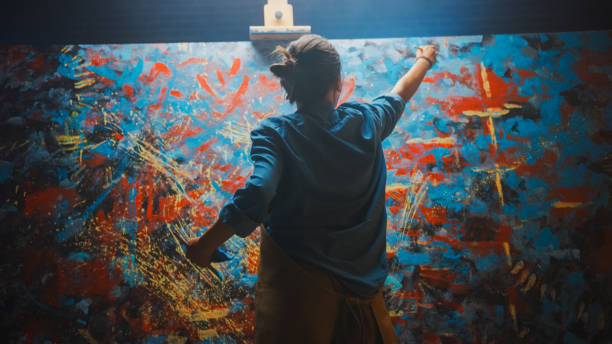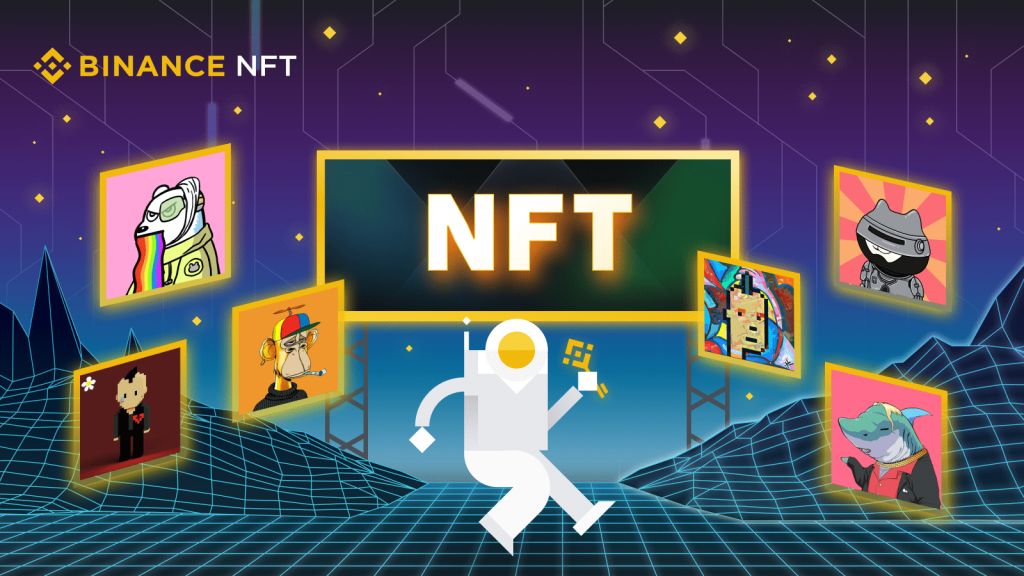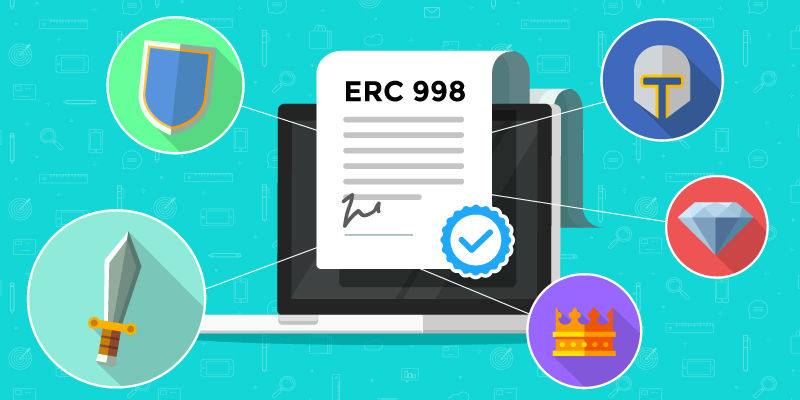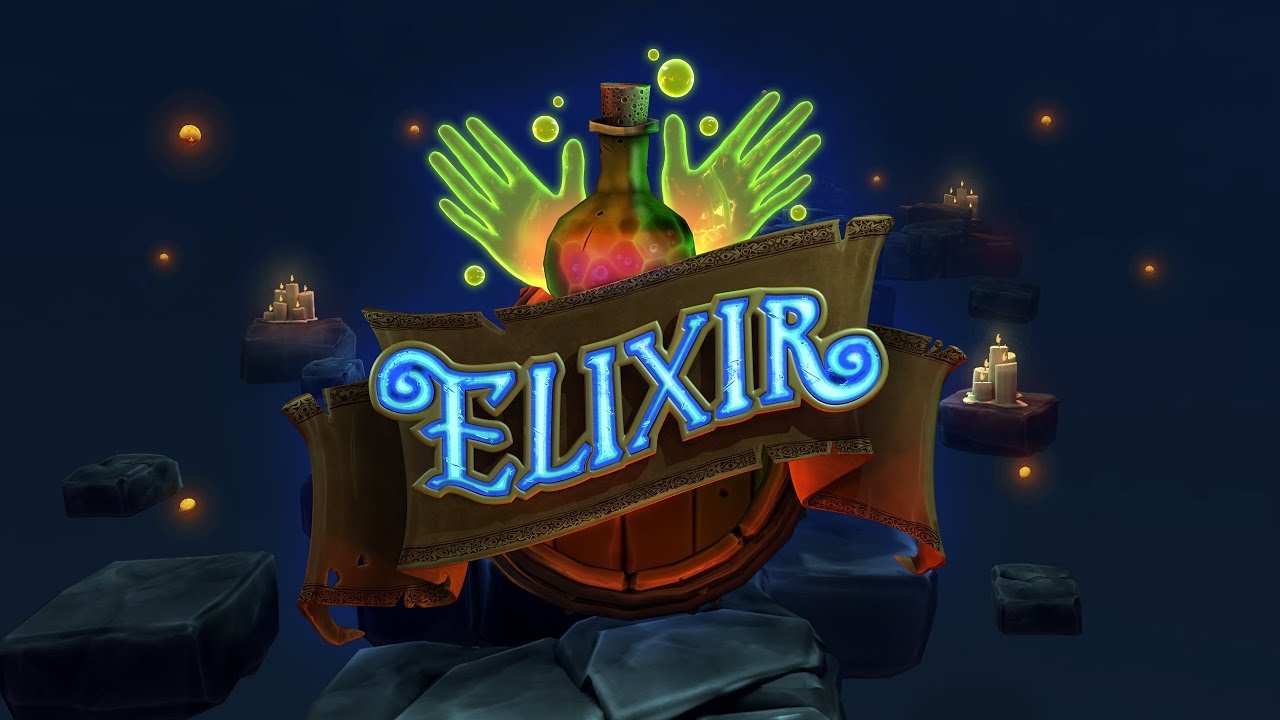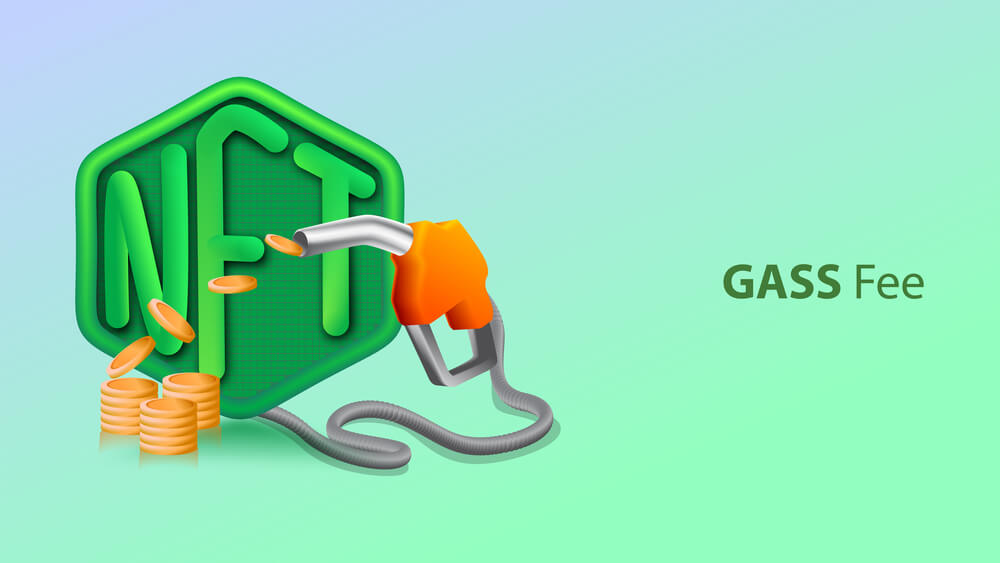In recent months, nonfungible tokens (NFTs) have received lots of media attention. However, experts and analysts agree that their effects and impact will spread beyond selling digital artwork and tweets. It is expected to change the way people communicate their ideas forever.
Despite the promise of breaking the mold, the global NFT market appears to be as pale, male, and even old-fashioned as the conventional art sector. Based on the most recent statistics, just 16% of NFT creators are women. That is a major gender disparity that shows the underrepresentation of women in the current NFTs ecosystem.
Based on a survey done by Art Tactic and published by Bloomberg, female artists accounted for about 5% of sales in the NFTs market. In comparison, the male artist creations accounted for 77% of sales (16% were unknown artists while 2% were collectively developed.
Nonetheless, particular NFT projects are trying to overcome this persistent issue. Rarible is one of such platforms. It has prioritized supporting a variety of female-led NFTs projects. Industry experts Rebekah Keida, Chief Marketing Officer at XBTO, and Masha Vyazemskaya, the Head of Communications at Rarible, took their time to comment about the gender disparity that exists in the NFT space currently.
Based on Vyazemskaya, the technology space has always been a male-dominated one, which she thinks:
“Fosters a sense of intimidation for many women who want to enter the NFT space. As the industry continues to mature, it is important that we champion our female artists and innovators, promoting and encouraging their work and giving them greater opportunity to shape the future of the industry.”
She vividly describes the challenges that are faced by female creators when they first join the NFTs sector as based on the wider technology sector. According to her explanation:
“The traditional technology industry has historically always catered towards male ambitions and success, creating a misguided expectation that tech is primarily for men.”
Based on Vyazemskaya’s opinion, awareness is a critical step in encouraging more women to get involved in the NFT sector. As she says, by supporting successful female creators and women-led initiatives, it is seen as a precedent for the future generations of innovators that the NFT industry is a ‘community for women.’
Measures To Increase Women Participants In NFTs Space
On the other hand, XBTO’s Rebekah Keida said that two important measures for growing the number of women involved in the NFT and Web3 industries are
“Enrolling more people in cryptocurrency education and fostering a greater sense of inclusion. Truthfully, this industry is still so young and snowballing, so no one is truly an ‘expert.’ We are all learning together. The more we can promote this concept of inclusivity, the more welcoming the space will become to new crypto users and women looking to get involved.”
Vyazemskaya believes that it is a great idea for women to start interacting with the other collectors and creators as soon as possible. The NFT community is among the most supportive according to her and a lot of valuable communication and interaction happens on social media and various internet marketplaces like Rarible.
On the flip side, Keida advises that while it seems to be an easy start, just start to get somewhere in the coming days. Also, “do your research.” She considers one-on-one conversations through Twitter and Discord highly valuable. The media’s normal coverage of NFTs investment stories is highly optimistic – either a catastrophic failure or a spectacular success.
“When you reach out and start building individual connections, you realize there is so much more insight to gather.”



